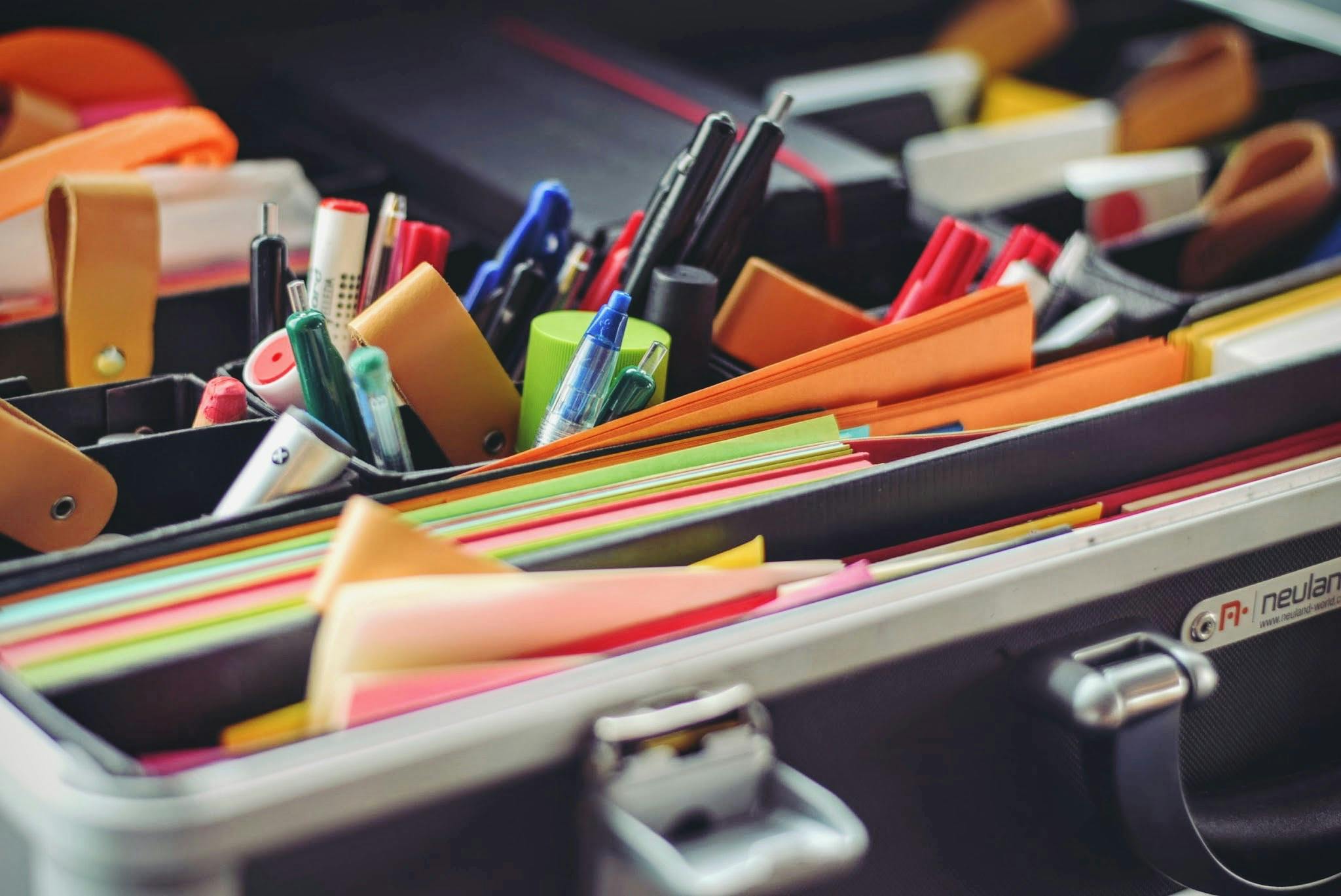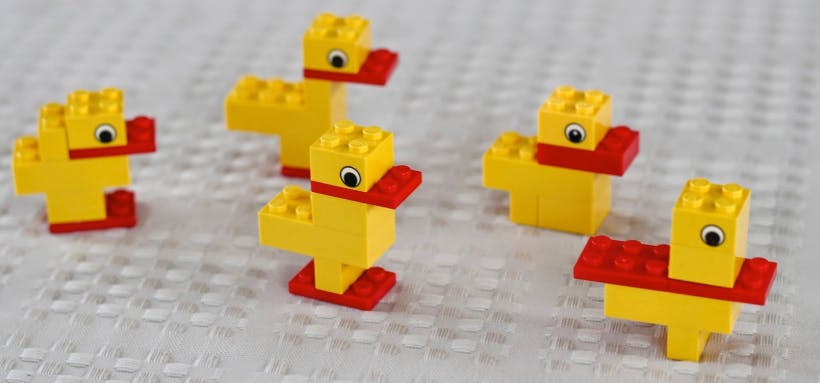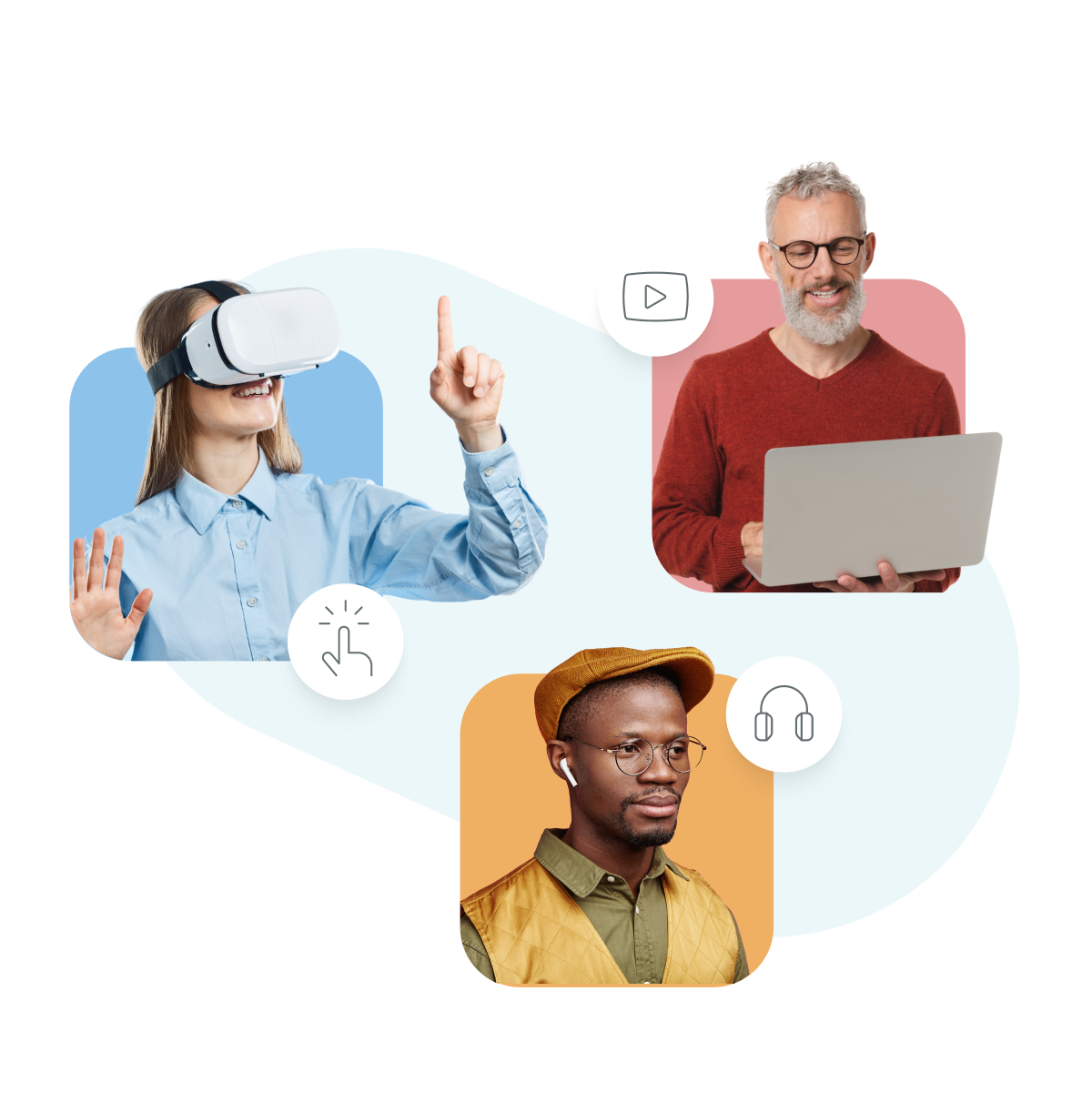
Finding a place for creativity in the workplace

For many of us, our creative streak is something we left behind at the finger-painting table, or keep confined to karaoke sessions on the weekend.
Yet, each of us is born with an innate ability to create. The skill isn’t limited to artists, writers and musicians. Using creativity simply means to be engaged in an activity relating to or involving imagination or original ideas.

I hear you thinking, after you’ve completed the routine tasks and checked off everything time-sensitive for that day, there is very little energy left for coming up with new concepts.
No matter how repetitive or dull your work may seem, it’s less about finding extra time, and more about thinking how you could apply creative skills to tasks you already do - and there are benefits!
Effects of creativity on the brain
Scientists hypothesize that in order to be creative, our brains have to use the ‘Big Three’ networks in tandem - the default mode network (the idle state), the executive control network (oversees decisions and choices) and the salience network (determines which sorts of things tend to be noticed).
This means that creativity isn’t limited to a particular function of the brain, and is something that each individual has the capacity to engage in. The extent to which we are able to use this process will, of course, depend on our personality type, state of mind and tendency to engage in divergent thinking.
The alpha brain waves associated with creativity also generate a light relaxation state, superior focus and improved learning. While in this state, your brain releases endorphins and other substances that can alleviate the effects of stress hormones.
This also works in the reverse. When we are relaxed, new ideas often come to the fore. Next time you have eureka moment in the shower, you’ll understand why.
For leaders, the benefits of encouraging your team to think outside the box are endless. Creative thinking can increase productivity, motivation and problem-solving abilities to name a few.
‘We are born as artists, but have to learn how to become them again as adults.’ - Pablo Picasso
As children, we don’t give much thought to whether or not we are engaging in creative activities. When we play, we pick something that looks fun, and just do it. We are much freer to engage in divergent thinking, as we haven’t fully developed the inner-critic necessary for survival in the adult world. While useful, this voice can seriously hamper our efforts to have fun and experiment.
Sir Ken Robinson, one of the world’s elite thinkers on creativity and innovation, explains that the way our school system is structured is adding to this problem, which he explores in his Ted Talk.
He argues that in a system focused on testing and grades, children aren’t encouraged to follow their passion or what they are good at when thinking about what to do for work. As a result, we either spend a significant portion of our lives remembering what we enjoy doing, or years stuck in a job we hate.
Much of the time at work, we are under pressure to get things done, but other ingrained psychological barriers could also be preventing us from channelling our creativity.
How to be more creative at work
Assuming you are reasonably happy with the work you do, and it plays to your strengths, the following tips might help you to unleash your creative side.
Work with your personality
Depending on where you sit on the introversion-extraversion spectrum, your best ideas are more likely to come up during different activity types.
Those who are more extraverted might use their creative skills in other ways, such as being diplomatic, getting things done in the world, and engaging in animated conversation.
Don’t be afraid to fail
Fear of failure is one of the biggest psychological barriers to being creative. It comes back to the inner-critic mentioned above. If you become aware of your inner voice, you can listen to the comments that are useful, and ignore the ones you think are setting you back. Mindfulness training can help you to develop this skill.
Respect the individuality of your ideas
Your personal experience in life to date is completely unique. There is no one else in the world who has exactly the same thought process or perspective.
While the ideas you have may be similar to somebody else’s, they are highly unlikely to be exactly the same. Although your ideas might not always be met with awe, if you gain confidence in putting yourself out there, every so often you are likely to come up with a really good idea that others will take on board. This can be difficult, because it takes both the courage to fail and to learn from your mistakes.
The ‘Lego Duck Challenge’ involves giving each individual in a group six lego bricks and asking them to build a duck. The task itself isn’t difficult, but the likelihood of anyone in the group building the same duck is incredibly small. This is both down to the individuality of the participants and the endless number of different ducks you can build!

Think about the tasks you enjoy most (and those you don’t!)
You are much more likely to be creative if you enjoy the task you are engaged in, and you are good at it. You are also more likely to reach a flow state. It’s all about making the process more individual, enjoyable and fun. Pick a task you really enjoy and make it more personalised to you.

Supercharge your team's learning journey with Go1!
Access thousands of courses, develop essential skills, and drive success. Try Go1 today and unleash the full potential of your workforce.




